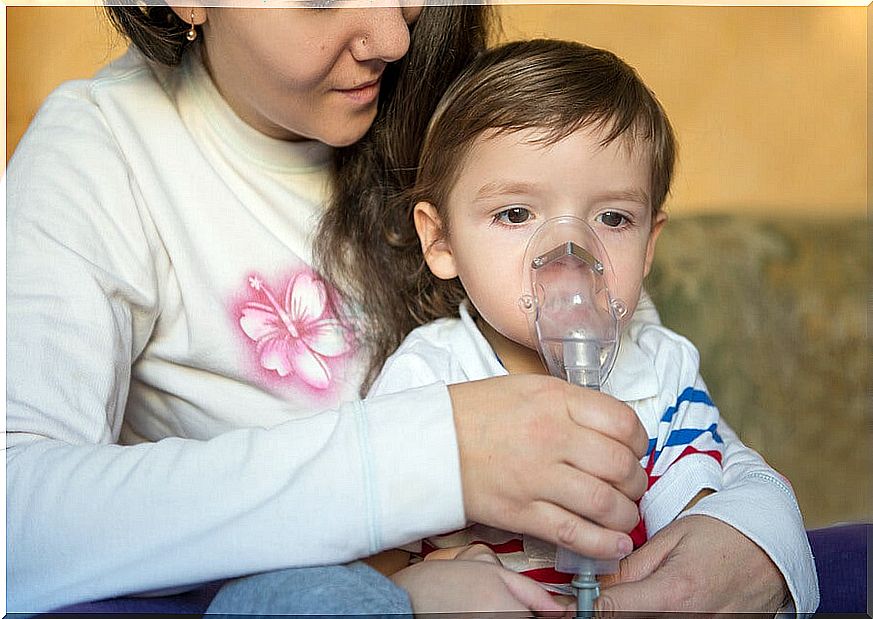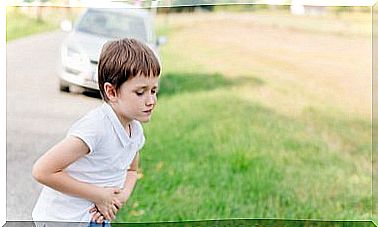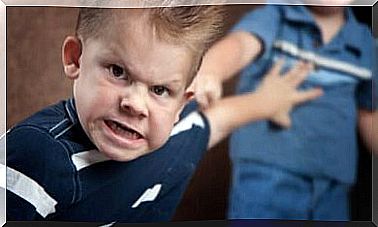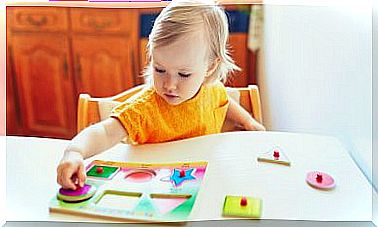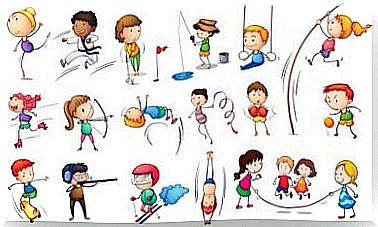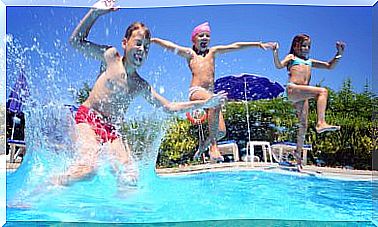Use Of Bronchodilators In Children
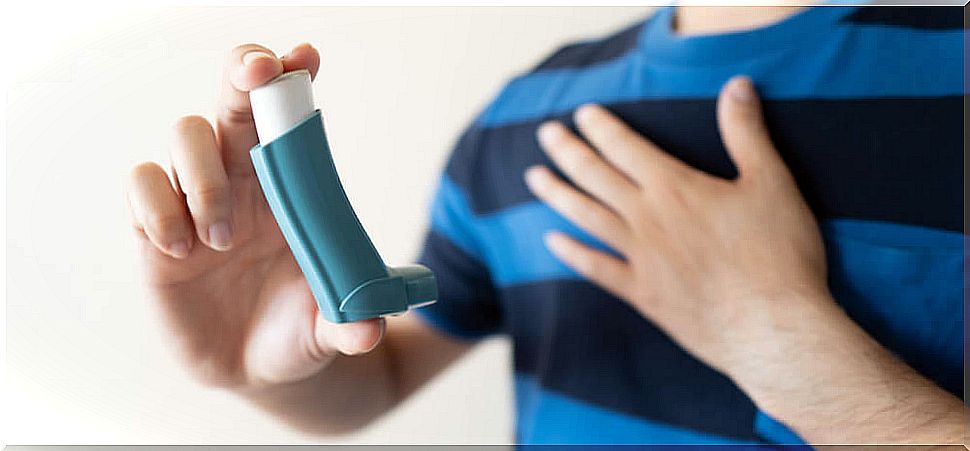
Bronchodilators in children are the treatment for many of the most common respiratory diseases in childhood. Mainly, they are useful in the management of asthma.
We are going to see in this article what these drugs are, how they work and how they should be used in children. First of all, to understand it, it is convenient to clarify how our respiratory system works.
Respiratory system
When we inhale, air enters our body through the nose or mouth and down the windpipe. This duct branches into two bronchi that go one to each lung and which, in turn, divide into smaller and more numerous bronchioles, and, finally, into alveoli.
In the alveoli is where the exchange of oxygen and carbon dioxide with our blood takes place. The small blood capillaries that surround the alveoli capture the oxygen from the air that has entered when inhaling and then send it to the heart, which will distribute it through the blood to the rest of the body.
In the same way, the blood deposits carbon dioxide from the body in the alveoli so that it is expelled outside through the nose and mouth. The itinerary is the same, but in reverse.
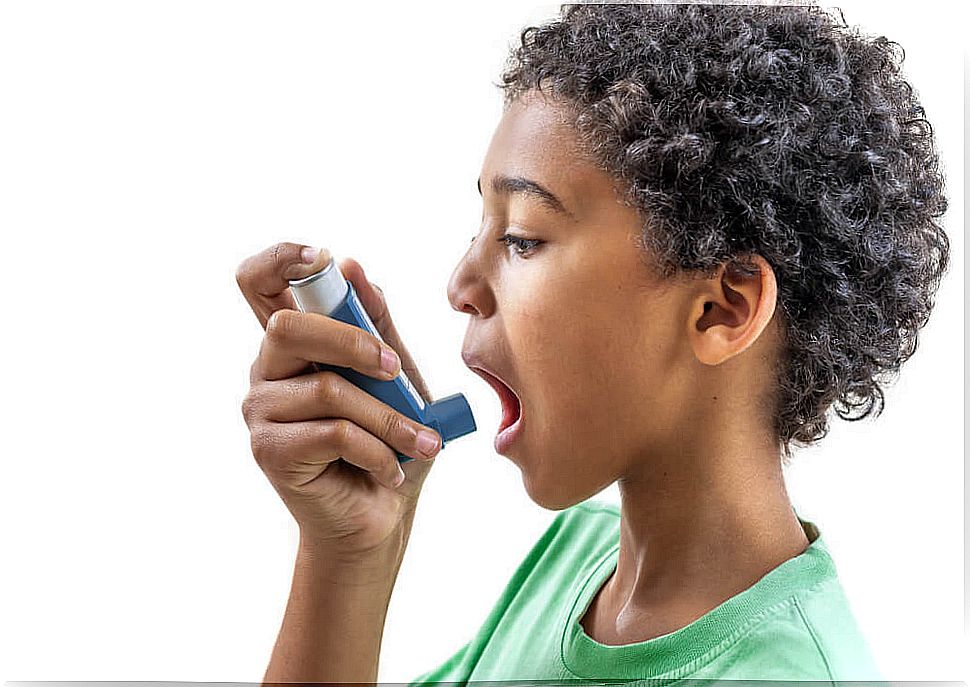
For example, in asthma, the airways become inflamed and accumulate mucus that complicates the passage of air. Something similar happens in bronchiolitis, as the bronchioles become inflamed and mucus accumulates, so that breathing difficulties appear. Let’s see how bronchodilators can help in these cases.
What are bronchodilator medications?
Bronchodilators are those drugs that open the bronchi, allowing air to pass properly through the airways. As the word says, they dilate the bronchi and bronchioles which, as we have said, are the structures that form the interior of the lungs and conduct air. They are generally used in an inhaled form.
We can classify bronchodilators into two large groups:
- Short-acting : they are used in specific moments of crisis to facilitate breathing quickly. They take little time to take effect, although it does not last long. For example, they would be indicated in an asthma attack that occurs due to physical exercise. Between them we have:
- Salbutamol : always administered with a camera.
- Terbutaline : used in older children.
- Long-acting : used to prevent and control symptoms in the longer term. They take longer to work, but last longer. They are used in continuous maintenance treatments and always accompanied by inhaled corticosteroids, never alone. The most frequent combinations are:
- Salmeterol + Fluticasone.
- Formoterol + Budesonide.
Use of bronchodilators in children
One of the bronchodilators most used in children is salbutamol, better known by its trade name: Ventolin. This is a short-acting bronchodilator that belongs to the group of beta-2-adrenergic agonists. They are so called because they act on a specific receptor on the smooth muscle of the lung.
What Ventolin does is relax the muscles of the walls of the airways, facilitating the passage of air. With this, shortness of breath decreases, as well as coughing and pressure in the chest, that is, the common symptoms in an asthma attack.
Normally, the short – acting bronchodilators like Ventolin, are often used on demand, ie only when needed. This is to prevent the worsening rebound effect that can occur with continued use. As side effects, palpitations and tachycardia can occur.
On the other hand, the use of bronchodilators in children in other pathologies such as bronchiolitis, raises considerable controversy among professionals. According to the latest studies, bronchodilators have no proven efficacy in treating bronchiolitis. In fact, they cause more side effects than clinical benefits.
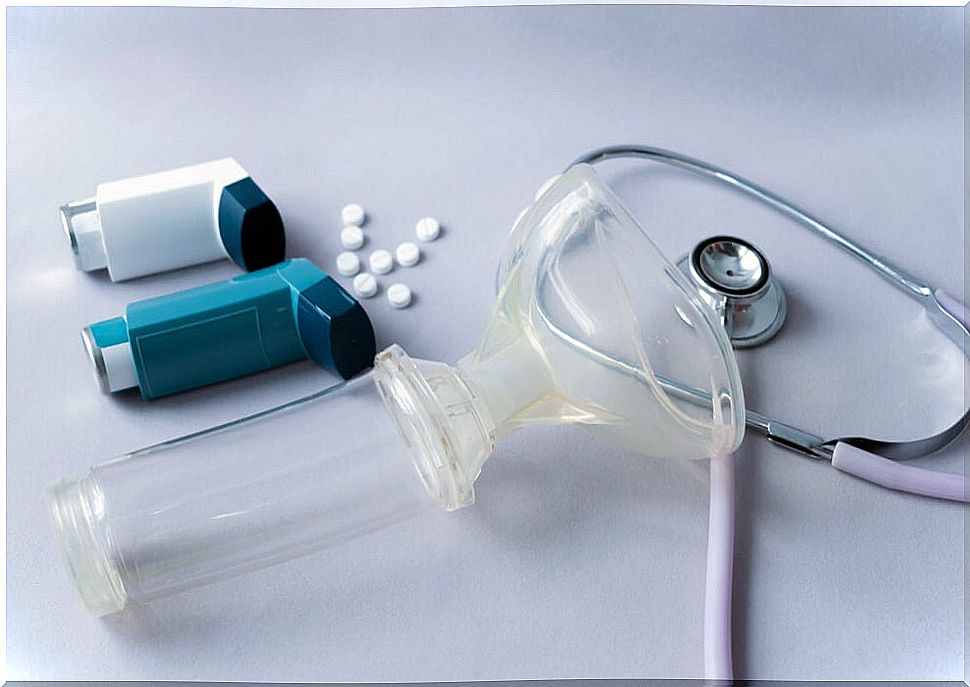
How are bronchodilators used in children?
Bronchodilators in children are always administered in an inhaled form. To do this, a pressurized inhaler is used to which a spacer chamber is attached to improve the efficiency of inhalation.
In infants and young children, the camera is fitted with a face mask that covers the child’s mouth and nose. At the end of inhalation, if possible, wash your mouth and the area of contact with the mask.
In the event of a serious crisis, or when the child also needs oxygen, the nebulization technique can be used. In this case, the medication is administered in liquid form along with a flow of oxygen, so that an aerosol is formed.
A mask is used that is attached to a reservoir in which the medication and the source of oxygen are placed. Nebulizers are generally used in hospitals or in health centers.
The process should not take more than 15 minutes. They allow to administer more quantity of medication and to do it together with oxygen. However, they don’t really have much of an advantage over pressurized inhalers.
Respiratory pathologies in children and brochodilators
Bronchodilators in children are useful in the treatment of certain respiratory diseases, such as asthma. They should not be used without a prescription. Before administering them, it is advisable to learn how to handle them properly to ensure their effectiveness. Do not hesitate to ask your pediatrician for any fear, he will know how to help you.
